What Is the Difference Between Hardwood and Softwood?
Introduction
Whether you’re building furniture, renovating your home, or simply browsing at the lumber yard, you’ve likely encountered the terms hardwood and softwood. While many assume that the terms refer to the wood’s actual hardness, the real difference lies in the tree’s botanical origin and structure.
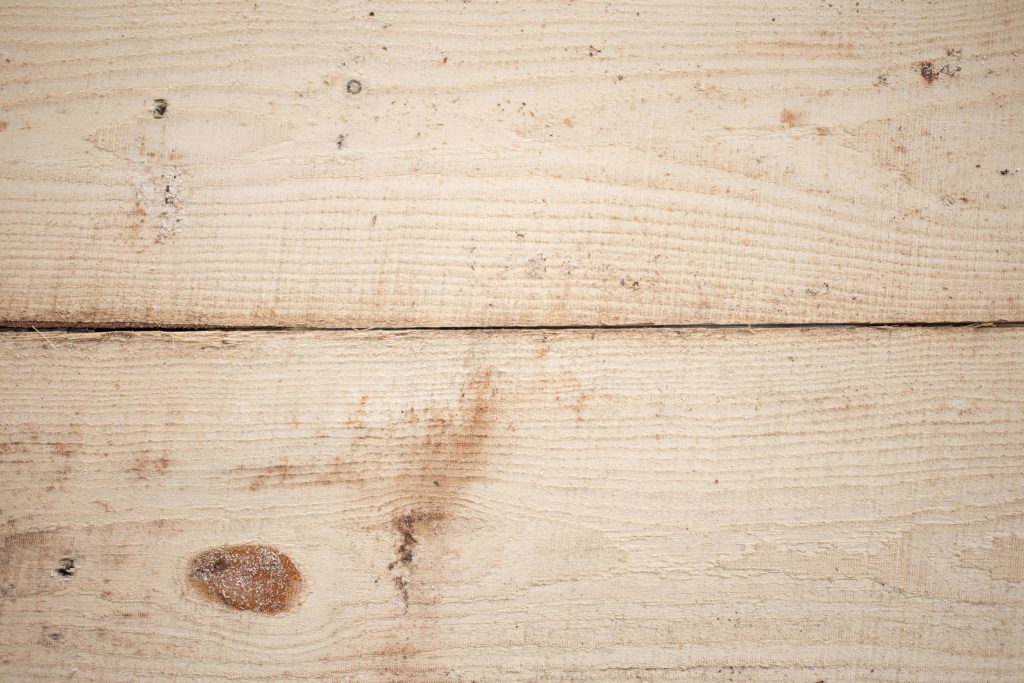
Understanding the difference between hardwood and softwood is essential for making informed choices in construction, woodworking, and even home decor. In this post, we’ll dive deep into the key distinctions, practical applications, and advantages of each type, so you can confidently select the right wood for your next project.
Hardwood vs Softwood: The Basic Definition
What Is Hardwood?
Hardwoods come from angiosperm trees — these are flowering plants with broad leaves that often shed annually (deciduous). Common examples include oak, maple, walnut, and mahogany.
What Is Softwood?
Softwoods come from gymnosperm trees — typically coniferous trees like pines, firs, spruces, and cedars that usually have needles and cones. Many softwoods are evergreen, retaining foliage year-round.
Quick Fact:
Not all hardwoods are hard, and not all softwoods are soft. For example, balsa is a hardwood but very soft; yew is a softwood but relatively hard.
Key Differences Between Hardwood and Softwood
Let’s break down the distinctions across multiple factors:
1. Botanical Source
| Type | Source |
|---|---|
| Hardwood | Angiosperm trees (broadleaf, flowering) |
| Softwood | Gymnosperm trees (coniferous, needle-bearing) |
2. Cellular Structure
- Hardwoods: Complex structure with vessels (pores) that transport water; this gives hardwoods visible grain patterns.
- Softwoods: Simpler structure, relying on medullary rays and tracheids for water transport; grains are often more uniform.

3. Density and Hardness
- Hardwoods: Generally denser and harder, making them more resistant to wear.
- Softwoods: Usually lighter and softer, easier to cut and shape.
4. Growth Rate
- Hardwoods: Tend to grow slowly.
- Softwoods: Grow faster, making them more abundant and often less expensive.
5. Cost
- Hardwoods: Typically more expensive due to slower growth, higher density, and more intricate processing.
- Softwoods: More affordable due to faster growth and easier harvesting.
6. Uses
| Hardwood Applications | Softwood Applications |
|---|---|
| Flooring | Framing |
| Furniture | Roofing |
| Cabinets | Fencing |
| High-end millwork | Plywood |
| Musical instruments | Paper production |
Advantages and Disadvantages of Hardwood and Softwood
Hardwood
Advantages:
- High durability and strength
- Attractive grain patterns
- Resistant to dents and scratches
- Longer lifespan in flooring and furniture
Disadvantages:
- More expensive
- Heavier, harder to transport
- Harder to machine and shape
Softwood
Advantages:
- Easier to work with
- Lightweight and versatile
- More affordable
- Readily available
Disadvantages:
- Less durable, more prone to dents
- Shorter lifespan in heavy-use applications
- May require more maintenance
Real-Life Analogy
Think of hardwood and softwood like different breeds of dogs:
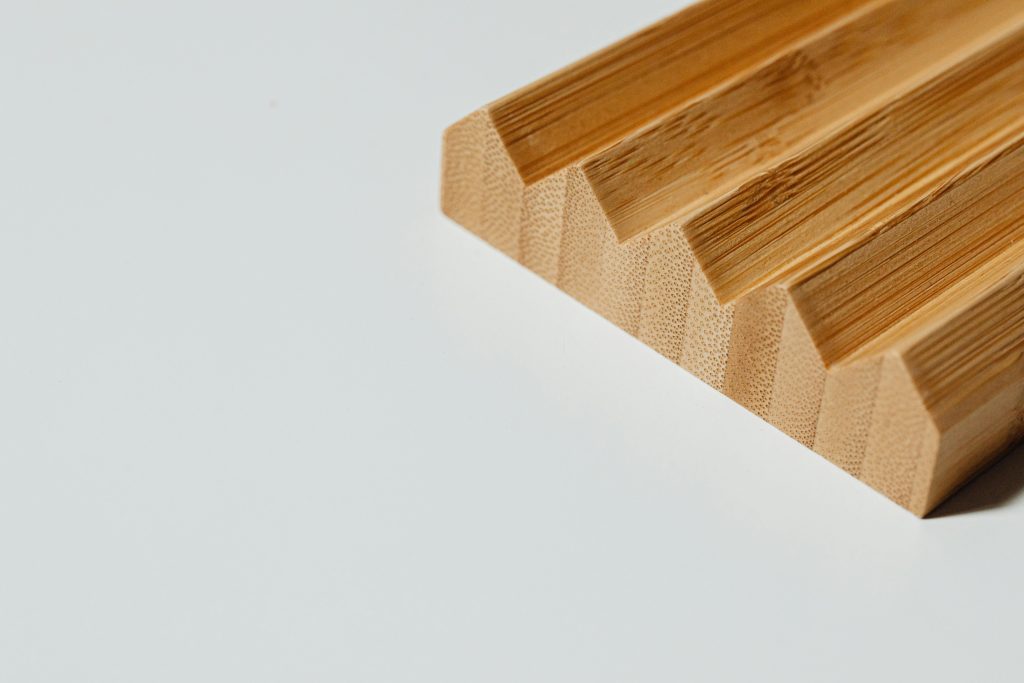
- Hardwood is like a large, powerful dog — strong, resilient, but requiring more care and investment.
- Softwood is like a small, agile dog — easy to train, quick to mature, but may not endure heavy tasks for as long.
Common Hardwood Species and Their Uses
| Species | Notable Uses |
|---|---|
| Oak | Flooring, furniture, barrels |
| Maple | Cutting boards, gym floors, cabinets |
| Walnut | Luxury furniture, gunstocks, veneers |
| Mahogany | Musical instruments, high-end furniture |
| Cherry | Cabinetry, musical instrument |
Common Softwood Species and Their Uses
| Species | Notable Uses |
|---|---|
| Pine | Framing, furniture, paneling |
| Cedar | Outdoor furniture, siding, closets (due to aroma and pest resistance) |
| Spruce | Musical instruments, construction |
| Fir | Plywood, framing, beams |
| Redwood | Decking, outdoor structures |
Sustainability Considerations
- Hardwoods: Sustainable if harvested responsibly, but deforestation is a concern for tropical species.
- Softwoods: Often come from managed plantations, making them more sustainable and renewable in many regions.
- Always look for certifications like FSC (Forest Stewardship Council) to ensure your wood products are responsibly sourced.

Conclusion
In summary, the difference between hardwood and softwood goes beyond mere hardness. It involves the tree species, cellular structure, growth rate, cost, and intended applications.
- Use hardwood for projects requiring durability, longevity, and high aesthetic value.
- Use softwood for construction, versatility, and budget-friendly projects.
By understanding these distinctions, you can choose the right type of wood to meet both functional and aesthetic needs, ensuring your project’s success.
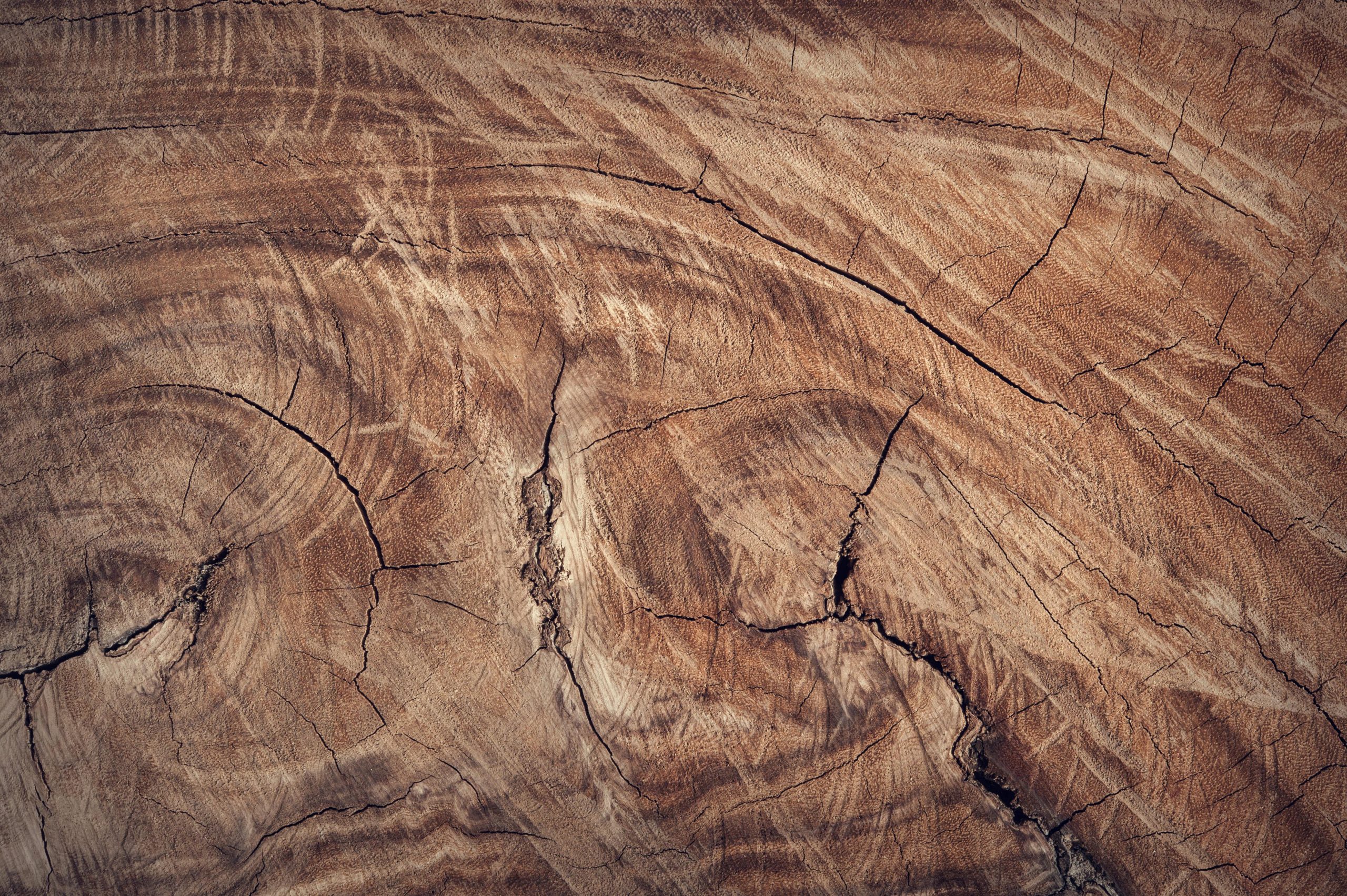

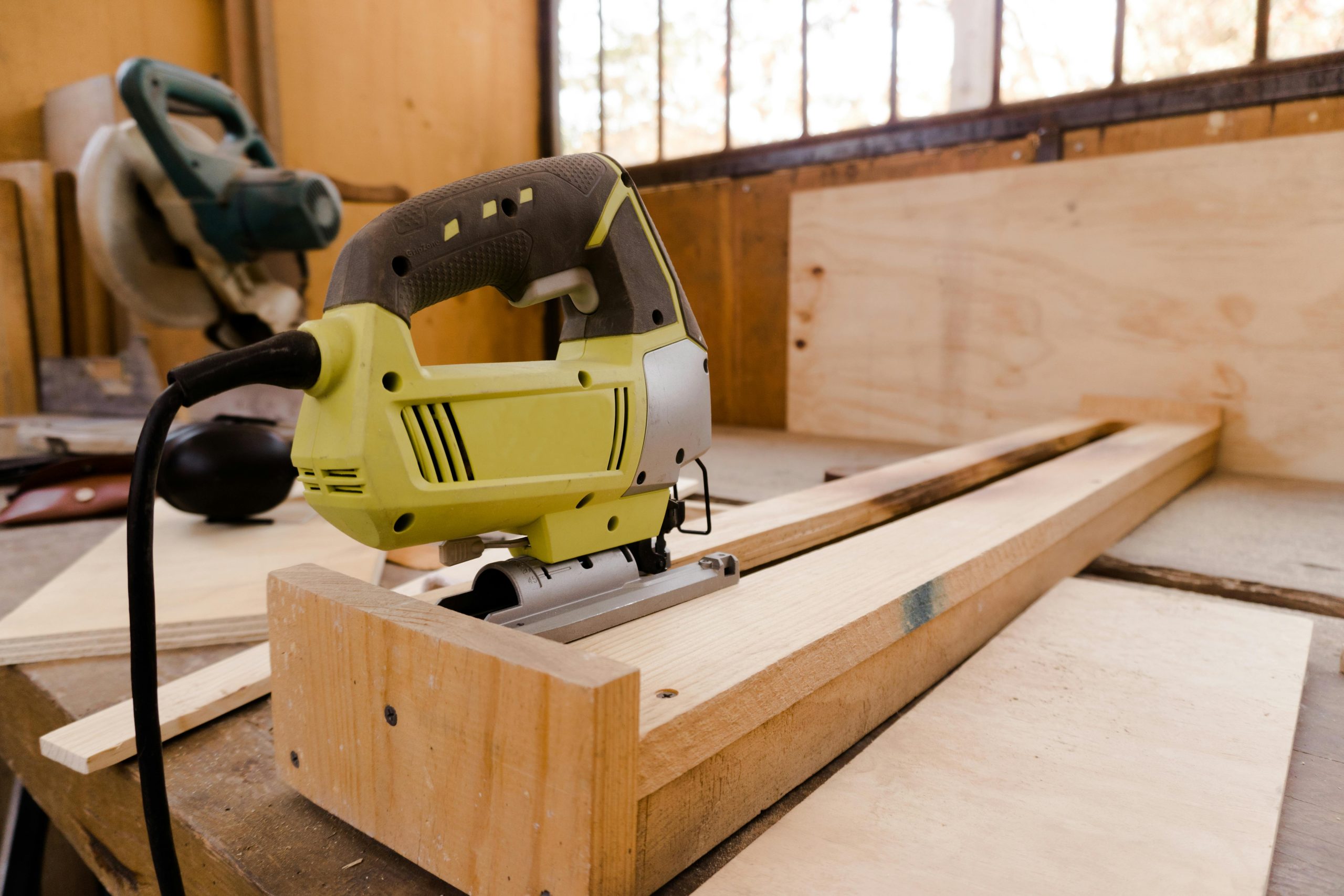
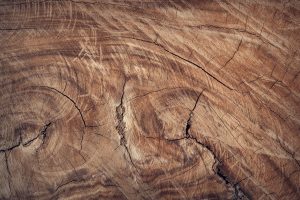

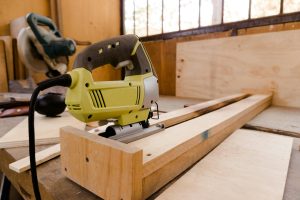





Post Comment